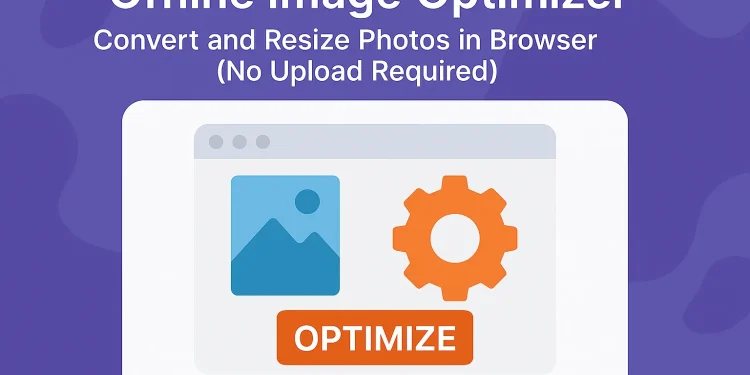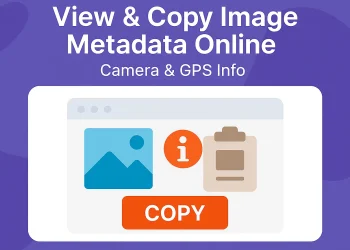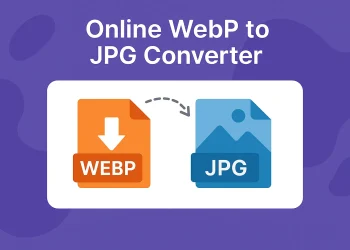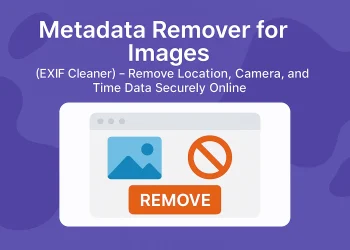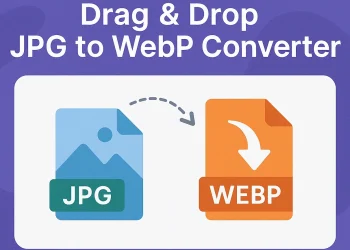This online tool is provided as a free browser-based utility for personal or professional use. All operations are performed locally on your device — no data or images are uploaded to any server, ensuring your full privacy and data security. By using this tool, you acknowledge that it is provided “as-is” without any warranties or guarantees, and that DefenceDev.com (or its affiliates) is not liable for any loss, damage, or data issues resulting from its use.
Image Optimizer (Resizer)
Drag and drop your images here or click to select files. The tool will resize and compress them for easier storage.
Converted Files:
About the Image Optimizer (JPG Converter & Resizer)
The Image Optimizer is a fast and easy-to-use browser-based tool that lets you convert, resize, and compress images without uploading them anywhere. All processing happens locally on your device, ensuring your privacy and data security.
This tool is especially useful for archiving and storing large numbers of images. For example, if you take photos of documents, receipts, or technical manuals for digital records, you can use this optimizer to convert them to smaller JPG files while maintaining clear readability. By reducing the resolution and adjusting the quality, you can significantly decrease file sizes, making it easier to organize, store, or share your image library.
Whether it’s scanning documentation, keeping backup images, or preparing photos for reports, this optimizer ensures that your images remain readable, well-compressed, and ready for long-term storage.
What Does 75%, 80%, 85% Quality Mean?
When saving an image as JPEG, the “quality” value defines how aggressively the image is compressed:
- 100 % Quality: No compression (largest file size, perfect detail).
- 85 % Quality: Slightly compressed, visually almost identical to the original.
- 80 % Quality: Balanced — smaller size with minimal, barely noticeable quality loss.
- 75 % Quality: Stronger compression — image remains clear for normal viewing, but very fine details or gradients may appear slightly softened.
In practical terms:
- Each 5 % reduction in quality can save a noticeable amount of disk space.
- The difference between 80 % and 85 % is barely visible to the human eye, but the file can be 20–30 % smaller.
- Dropping below 70 % starts to show visible artifacts or blur on detailed photos.
In summary:
- 75 % / 1200 px → smallest file, good for archiving
- 80 % / 1600 px → best overall balance
- 85 % / 2048 px → highest quality for publishing
Example: Original Image (4 MB, 3000×4000 px)
If your original photo is 4 MB at a resolution of 3000×4000 pixels, here’s how much space each optimization mode will approximately take after conversion with the Image Optimizer tool:
| Mode | Max Width | JPEG Quality | Estimated Output Size | Description |
|---|---|---|---|---|
| Minimal for Archive | 1200 px | 75 % | 350 – 500 KB | Drastically reduces file size for long-term storage. The image remains readable and clear but not suitable for close-up inspection or printing. |
| Web & Documentation | 1600 px | 80 % | 600 – 900 KB | Balanced setting ideal for websites, reports, or technical documentation. Great quality with roughly 75–85 % smaller file size. |
| High for Blog | 2048 px | 85 % | 1.0 – 1.5 MB | Delivers sharp, detailed images suitable for blog posts or presentations, while still saving up to 60–70 % of storage |
Minimal for Archive (75%, 1200px)
Ideal when you want to store large numbers of images while keeping file size extremely small. The quality remains readable and clear for viewing, but optimized for minimal storage use.
Web & Documentation (80%, 1600px)
A balanced mode suitable for uploading to websites, reports, or documentation. Delivers excellent quality while significantly reducing file size (typically under 1 MB).
High for Blog (85%, 2048px)
Designed for those who need sharp, detailed images for blog posts or presentations. Provides high visual quality while still reducing file size by up to 80%.
This flexibility allows you to manage your images efficiently — saving disk space, improving upload times, and maintaining professional visual standards.
Is this tool free and safe to use?
Yes, this tool is completely free and safe. All conversions happen locally in your browser — no files are uploaded to any server. This means your images stay private, and conversion happens instantly without delays.
Conclusion
The Image Optimizer (JPG Converter & Resizer) is a fast, privacy-focused solution for anyone who needs to reduce photo sizes without losing clarity. Whether you’re organizing an archive, preparing screenshots for documentation, or publishing images on your blog, this tool gives you complete control over file quality and dimensions.
Since all processing is done locally in your browser, you can use it safely even without an internet connection. No images are stored, shared, or uploaded anywhere — your data stays 100% private.
Choose your preferred optimization mode, drop your files, and enjoy instantly smaller, cleaner, and more efficient images ready for any purpose.
If you need more image tools, check out these useful converters:


